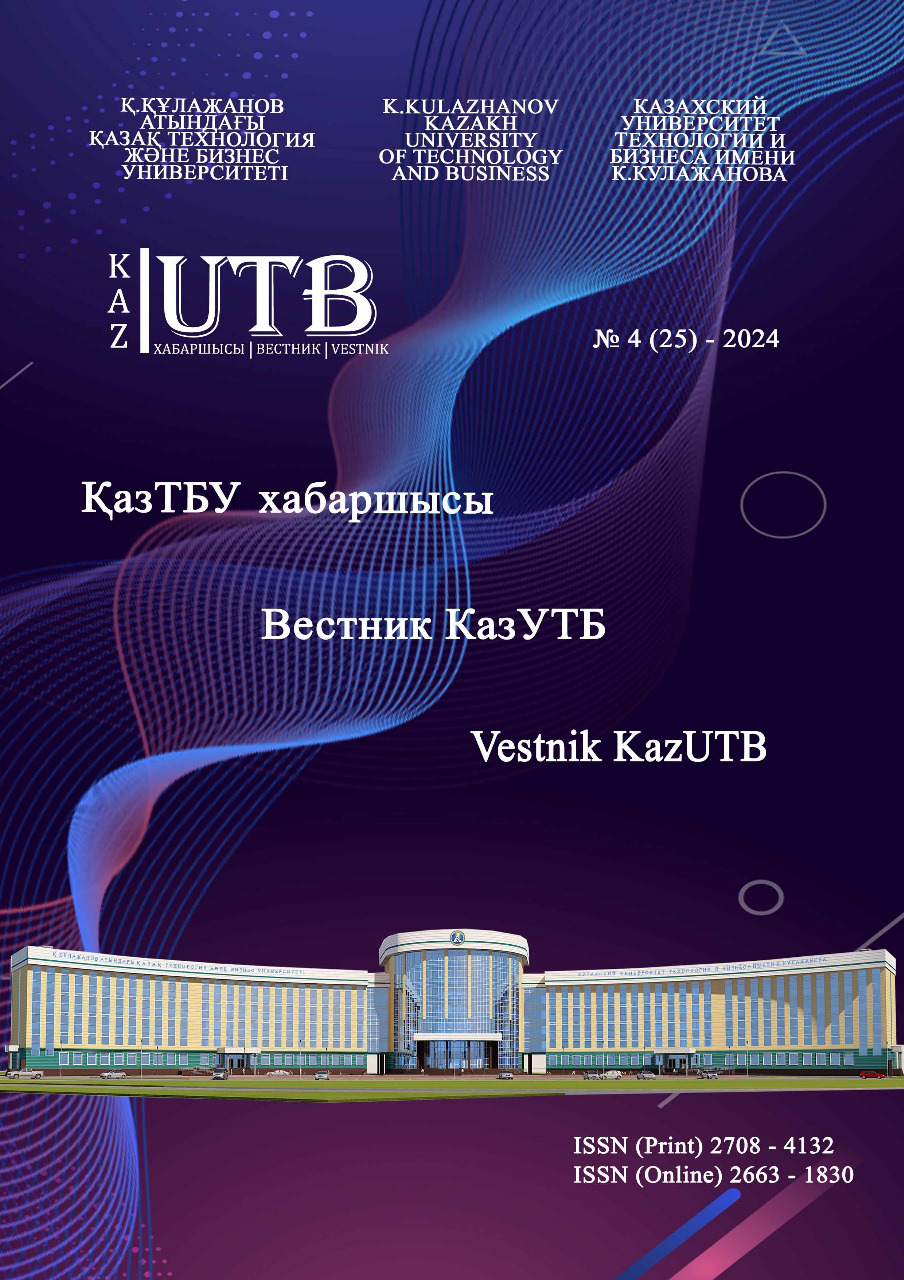Меню


Information and communication and chemical technologies
No. 4 (25) - 2024 / 2024-12-31 / Number of views: 139
DETERMINATION OF PRODUCT YIELD FROM A CATALYTIC CRACKING UNIT USING THE PYTHON PROGRAMMING ENVIRONMENT
Authors
Keywords
modeling, catalytic cracking, Python, coefficient of determination, fuzzy logic, computer modeling, optimization, unit of catalytic cracking.
Link to DOI:
How to quote
Boranbayeva . Н., Orazbayev Б., Rzayeva Л., Karabayev Ж., and Serimbetov Б. “DETERMINATION OF PRODUCT YIELD FROM A CATALYTIC CRACKING UNIT USING THE PYTHON PROGRAMMING ENVIRONMENT”. Vestnik KazUTB, vol. 4, no. 25, Dec. 2024, doi:10.58805/kazutb.v.4.25-626.
Abstract
This article addresses the task of forecasting product yield from a catalytic cracking unit using regression methods within the Python programming environment. Catalytic cracking is one of the key processes in oil refining, and accurate product yield forecasting is crucial for optimizing technological parameters and improving production efficiency. The paper presents a model development methodology that analyzes various technological parameters, such as temperature, pressure, feedstock density, and catalyst consumption. Using data analysis tools and Python libraries, such as Pandas, Scikit-learn, and Matplotlib, enables detailed analysis and visualization of results. The model's quality is assessed using the coefficient of determination (R2) and residual error analysis. The results obtained demonstrate the high accuracy of the model and confirm the feasibility of using the proposed approach for forecasting and optimizing oil refining processes in industrial practice.Against the background of the growing relevance of issues related to the diagnosis of brain stroke, modern research in the field of medical diagnostics is trying to use advanced deep learning methods to improve the detection of this serious disease.



